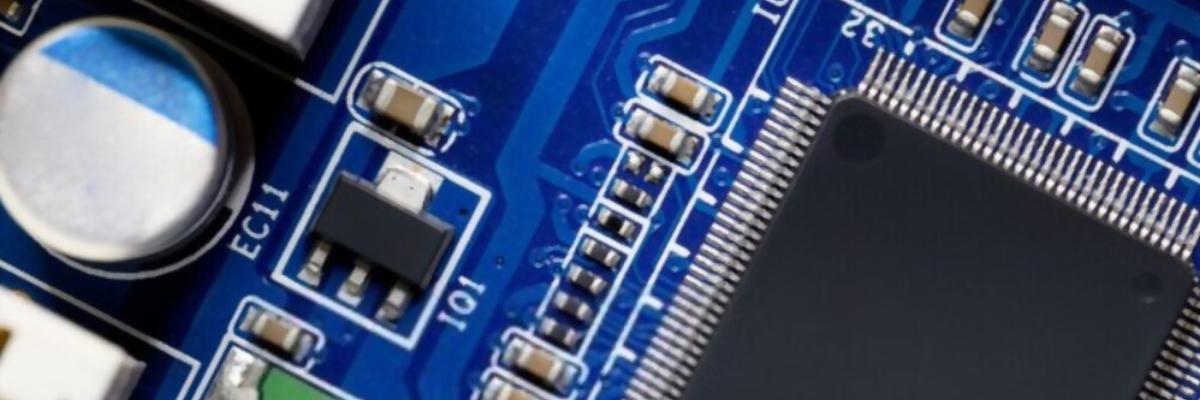Know the Types of PCB Testing Methods

Know the Types of PCB Testing Methods
Printed circuit boards or PCBs are used in almost all electronic and electromechanical devices now. They form the base of how the circuit in a product functions and hence are a crucial part of it. Nowadays, with the shrinking size of electronic devices and increased functionalities and features, the PCB design has also become complex than earlier. The number of layers have gone up and so have the number of components mounted on a PCB. For a PCB to function accurately with all its complexities, first, the design should be flawless. Although a large part of PCB manufacturing is automated, still, that doesn’t serve the purpose. To ensure flawless construction, the PCBs are thoroughly tested at each stage of manufacturing and assembly. This post discusses various PCB testing methods adopted at various stages in the PCB manufacturing and assembling process.
Details on PCB Inspection and Testing
A failed PCB function can incur huge losses and result in product recalls. To avoid such situations, it is necessary to follow testing methods according to set standards. The testing method will vary based on your budget, board type, number of layers, stage of the production process, and so on. Tests are performed at various stages from a bare board to an assembled one. By using appropriate testing methods, one can fix small issues well in time before they become big. Design related specification can be verified and changed as required. Tolerances with regards to vibration and noise can be checked and increased if required.
Various PCB Testing Methods
Here are some widely used testing and inspection methods for PCBs:
-
Visual Testing: This is the easiest and the most cost effective testing method. However, this should be performed by a team of expert inspectors, and it is useful to check only the outer physical parameters such as scratches, improper mask application, soldering or joint issues, and so on.
-
Automated Optical Inspection (AOI): While a visual inspection does help, humans can miss out on key faults. AOI overcomes the drawbacks of visual inspection as it is an automated process. This has an inbuilt set of an estimated design, based on which it compares. The circuit image is captured by the system and based on the comparisons and the available data related to the design, flaws if any are given as an output for the engineers to fix.
-
X-ray Inspection: A number of components are densely mounted on a board in case of complex designs. Only AOI may not be sufficient to identify flaws in such small boards and its surface mounted components. To check the solder joints beneath the densely populated components, X-ray inspection is essential. Since heavy metals such as lead used in PCBs absorb some of these X-rays, you can get an internal view of these solder joints and connections.
-
In-circuit Testing: This is crucial to check the positioning and fitment of each component mounted on the PCB. This is done with the help of an electrical probe which checks the board for shorts, open ends, capacitance, resistance, and so on. Generally, in-circuit testing is done after thoroughly checking the design and assembly.
-
Functional Testing: As the term implies, this type verifies the functioning of a PCB, such as if it powers on, meets the required parameters specified by the client, and so on. At the client’s site, you can perform various other functional tests which include checking the soldering bit, PCB behavior on the client’s systems. With this type of testing, you can also check of the assembled PCB meets all the set standards such as UL, MSHA, and so on.
If you are an OEM and looking for a reliable PCB assembly service provider, ensure you partner with someone who completely understands your requirements. Look for a partner who can offer end-to-end solutions. Twisted Traces designs, fabricates, and assembles various types of PCBs and adopts stringent testing and inspection methods.

